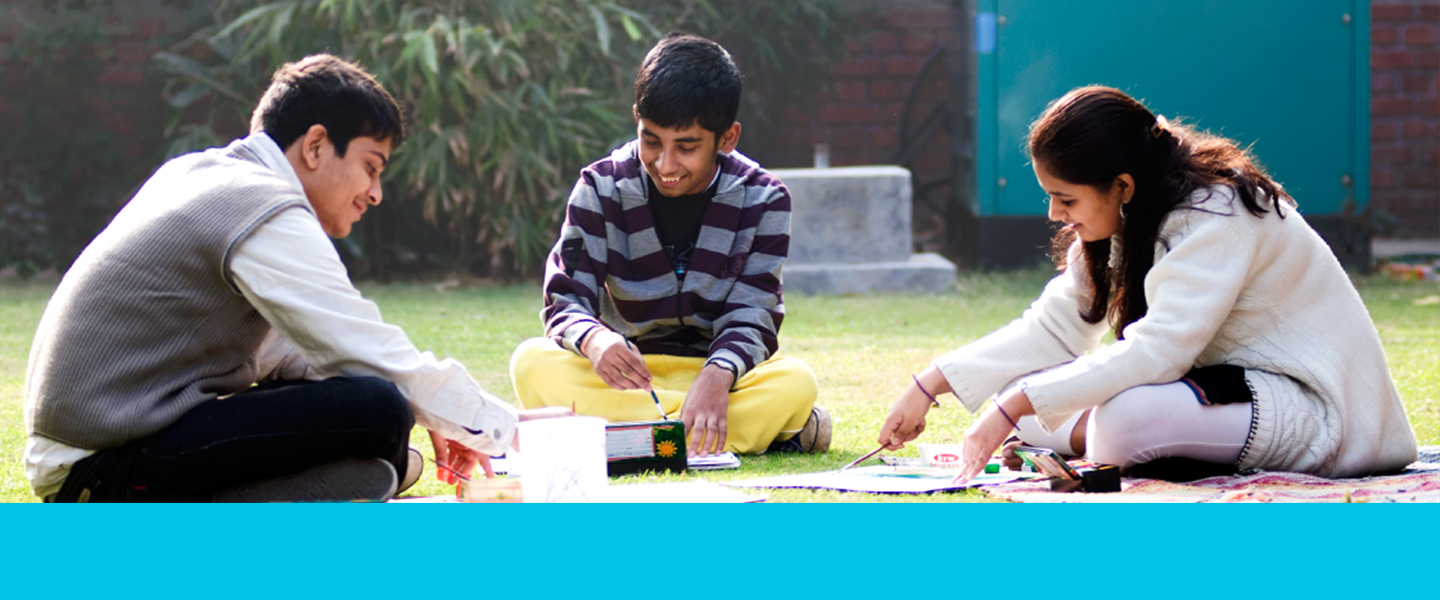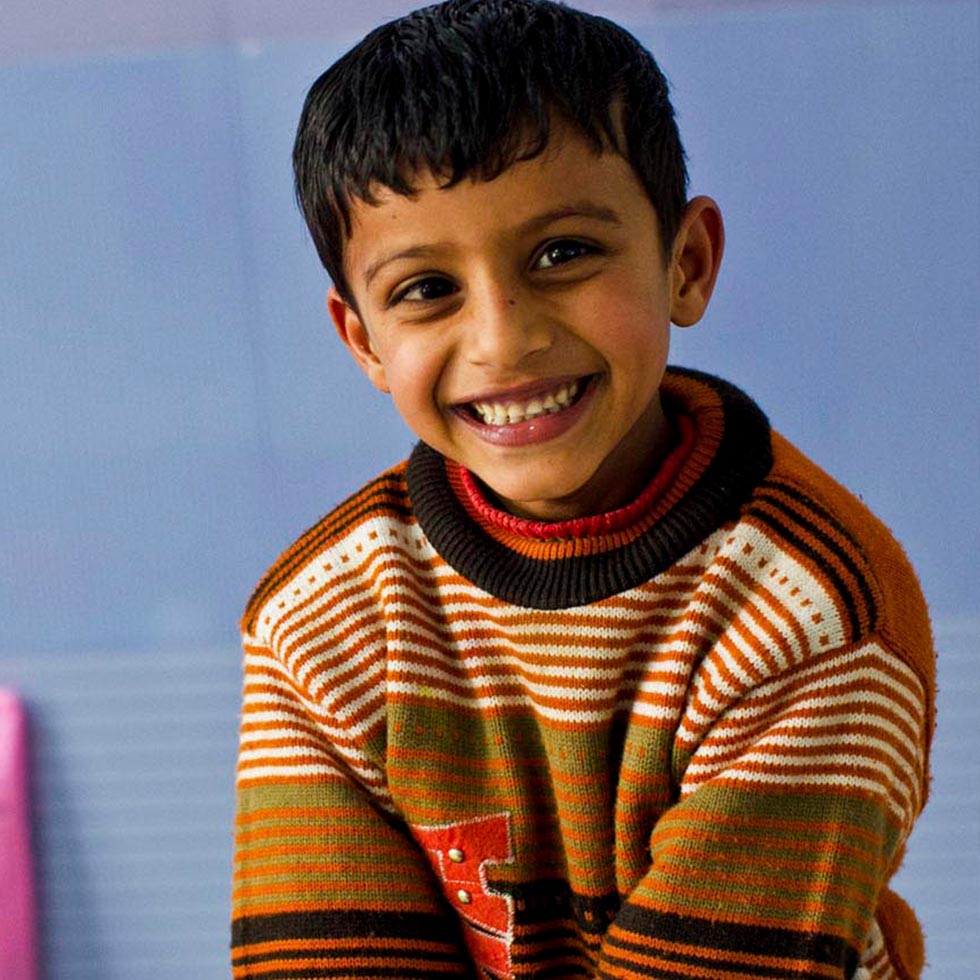PHYSIOTHERAPY
Cerebral palsy (CP), Traumatic brain injury (TBI) and Hypoxic Brain Injury due to any cause and affecting motor controlling parts of the brain and the nerve fibres connecting those parts to the body are a group of permanent disorders of the development of movement and posture, causing activity limitation, that is attributed to nonprogressive disturbances that
occurred in the developing fetal or infant brain or before the age of 2 years in case of CP. The motor disorders may be accompanied by disturbances of sensation, perception, cognition, communication, and behaviour, by epilepsy, and by secondary musculoskeletal problems.
Such children require intensive one-to-one physiotherapy on a daily basis till bone growth stops ( 18 years for girls and 21 for boys) and further also if required.
Physiotherapy (PT) plays a central role in managing the condition; it focuses on function, movement, and optimal use of the child’s potential. PT uses physical approaches to promote, maintain and restore physical, psychological and social well-being. A physiotherapist will focus on helping children with strength, balance, flexibility and coordination required for motor skills and functional mobility including rolling, sitting, crawling, and walking. They also select, fabricate, modify, and train children and families in the use of adaptive equipment.
Physiotherapy approaches in rehabilitation applications aim to normalize sensorial and motor functions, provide normal posture and independent functional activity, regulate muscle tone, improve visual and auditory reactions,support normal motor development and motor control,improve ambulation and endurance, increase the quality of the existing movements, prevent soft tissue, joint and postural disorders, support orthopedic and surgical procedures,and finally to prepare the child for the adolescent and adult periods.
The physiotherapist focuses on gross motor skills and functional mobility in the management of motor deficits. Positioning, sitting, walking with or without assistive devices and orthoses, wheelchair use and transfers are areas that the physiotherapist works on. The physiotherapist performs and plans physiotherapy and home program and provides the interphase with the school and recommends equipment and orthosis. This approach also focuses on gross and fine motor activities, visual, and sensory processing skills needed for basic activities of daily living, training in school-related skills and also strategies to help children compensate for specific deficits in their daily lives.



